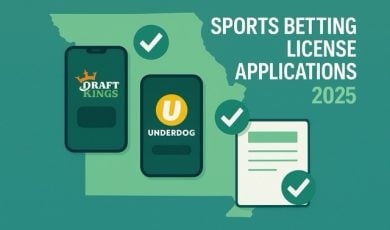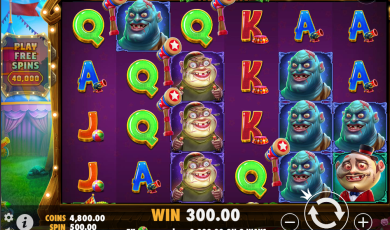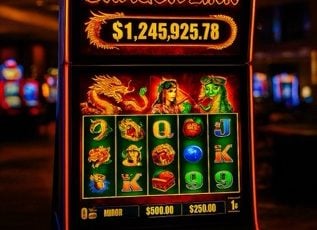The Federated Indians of Graton Rancheria (FIGR) have filed a lawsuit in a California district court seeking to block a proposed Koi Nation casino in Sonoma County. The tribe is suing the Department of the Interior, the Bureau of Indian Affairs, and their head officials. Its complaint alleges failures of due diligence in their decision to take the land for the tribal casino into trust on behalf of Koi Nation.
Court documents filed at the end of November reveal that the FIGR, which includes the Southern Pomo and Coast Miwok tribes, claims the government failed to follow guidelines to ensure the development won’t infringe on any “historical properties” at the site. The tribe says is located on FIGR ancestral territory.
The tribe lays out its claims in a complaint field with the federal District Court for the Northern District of California.
Agencies failed to make a reasonable or good faith effort to consult with FIGR, failed to properly evaluate the presence of historic properties, including properties of traditional religious and cultural importance, located on the Project Site.
Federated Indians of Graton Rancheria v. Deb Haaland et al
“These fundamental inadequacies,” the tribe argues, “caused the Federal Agencies to wrongly conclude that no qualifying historic properties, including religious or cultural resources, were present and that, even if they were, they would not be adversely affected by the Project.”
The lawsuit is meant to provide “relief,” which essentially means the FIGR wants the district court to put the Koi’s casino project on hold.
Legal battle focuses on lack of communication, presence of artifacts
The FIGR’s argument dives into the red tape of what it takes for a tribe to get land on which to build a casino.
Simply put, there are many things that have to happen before a casino project begins construction. There are many agencies involved, too, including the Bureau of Indian Affairs (BIA) and the Department of the Interior.
One of those things involves analyzing historical artifacts present on the land before development begins.
In its lawsuit, the FIGR claims it reached out to the BIA numerous times regarding FIGR cultural resources at the proposed casino site. However, it was left out of the process even though the government found artifacts at the site. The tribe also says the BIA sent artifacts away for testing without consulting the tribe.
“BIA authorized artifacts collected from a location with known religious and cultural significance to the Tribe to be sent out of state for destructive testing, all without notice to the Tribe,” FIGR wrote in its court filing. “The Tribe to this day does not know what has become of those removed artifacts.”
In total, court documents note there were 45 artifacts found at the site, including:
- A bowl mortar
- Chert and obsidian flakes (types of rock used for tools)
- A chert core (stone tool made from chert)
- A projectile point (e.g. spear, dart, or arrow head)
- Bifacial tool fragments (ax-like multitool)
- Two dozen pieces of obsidian
Location of proposed casino also up for argument
While the issue of artifacts takes up most of the tribe’s complaint, there are two other issues at play.
First, the FIGR points out in its complaint that the Koi’s land is more than 50 miles away from the proposed casino site. If the government approves the project, which could happen later this month, any on-site artifacts would become the Koi’s.
Second, the site is just 15 miles away from Graton Resort and Casino, an FIGR property. A Koi casino so close to the FIGR’s casino could cause a significant drop in foot traffic and revenue.
What’s next for the Koi casino project?
This lawsuit looks like the last obstacle to Koi Nation’s casino aspirations.
If the Graton Rancheria tribe prevails, the Koi casino project will likely be put on hold pending further legal activity. That would sort out the tribes’ competing ancestral right claims.
However, if the defendants win, the land for the casino would be put into trust as intended by the Department of the Interior. That would give the green light for the Koi to begin development, although casino construction can be a lengthy process.








